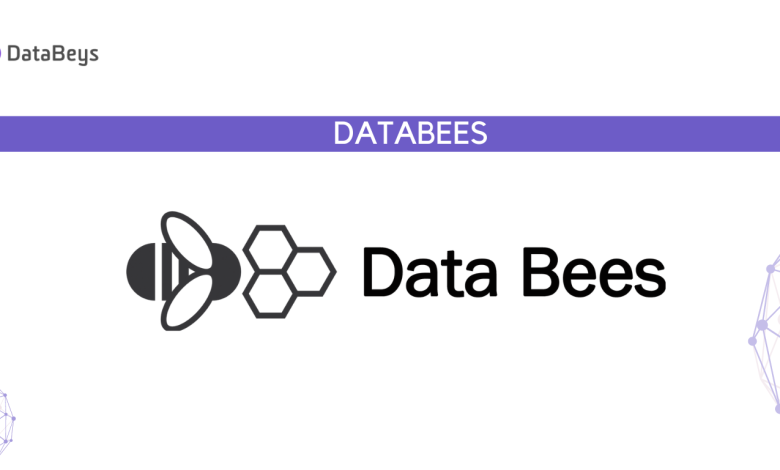How Mailchimp Can Help You Make the Most of Your Email Marketing

Using mailchimp can help you make the most of your email marketing. It helps you send personalized emails to your subscribers and track your email campaign’s performance.
Customer journey builder
Using Mailchimp’s Customer Journey Builder you can create custom automated marketing journeys for your contacts. This allows you to send messages based on their behavior and interactions. In addition, Mailchimp’s Customer Journey Builder is a great way to engage with your customers and build sales.
The Customer Journey Builder is an easy-to-use tool that allows you to create customized automations for your contacts. You can use a variety of pre-built templates or build your own based on specific interactions with your customers. It’s also a great way to create personalized email journeys for your contacts.
This process can be used to track customer interests and encourage them to return to your website. It can also be used to remind customers of items in their shopping cart.
You can create a customer journey map to help you understand the path your customers take from point A to point B. A journey map can be simple or complex. A simple journey map might only have one or two steps, while a complex one might have multiple if/else branches.
Mailchimp also has an Analytics function that allows you to analyze and understand your data. There’s also an automated crm monday that helps you track your leads and contact conversions. You can even use it to create personalized reports. Lastly, you can use LiveChat to send follow-up emails to your customers in customer service cases. This will help you ensure that you’re meeting your customers’ needs.
The Customer Journey Builder is one of many tools that make Mailchimp a leading email service provider. Whether you’re running a small business or a large corporation, Mailchimp has a plan to fit your needs. You can get started by checking out the free plan.
Multivariate testing
Using Mailchimp, you can conduct multivariate testing to optimize your email campaigns. You can use the feature to test different content, subject lines, and calls to action to see which are more effective. The tool is designed to make A/B testing easy. You can also use it to geotarget your campaigns and extend your brand’s reach on social media.
Mailchimp has an easy-to-use interface and a large collection of tools to help you run your email campaigns. You can easily track your campaign performance, including opens, clickthrough rates, and bounce rates. It also integrates with many other software. It also offers detailed reports on your campaigns, including ad reports, landing pages, automations, and more.
The site is filled with a wide variety of resources, including self-help resources, webinars, and infographics. You can also set up A/B tests for different types of content. In addition, the site allows you to automatically upload custom audiences. You can also track how people are using your site, including country locations, internet browsers, and device types.
The company also offers a free trial, which allows you to send up to 2,500 emails per month. You can also sign up for a premium plan to get access to more features, including multivariate testing. You can also send up to 8 variations of an email campaign.
If you’re a small business, Mailchimp is an excellent tool to help you unify your message across channels. You can also use it to promote your brand on social media, such as Facebook and Twitter.
Automation workflows
Using Mailchimp automation workflows, you can create trigger-based emails that automatically send to your subscribers. You can track these emails and learn how your audience responds to them. The platform has several pre-built email automation workflows you can use, or you can create your own. The company also offers an A/B testing tool to help you test the effectiveness of your campaigns.
MailChimp offers a wide variety of triggers, which you can use to send an email series to your subscribers. These emails can be triggered by campaign actions, subscriber actions, or a combination of all three. In some cases, you can even trigger an email series based on changes in your subscribers’ data.
You can also use the platform’s segmentation tools to break down your subscribers into categories. You can create segments based on different data, such as contact rating or age. Aside from automation workflows, MailChimp also offers an A/B testing tool, which can help you test multiple variables across eight different email variations. You can also create custom workflows, which let you define when and how automated emails are sent.
The company has also developed a customer journey chart to help you understand how your audience interacts with your emails. This chart can help you chart out re-engagement email workflows, or other email workflows that help you increase subscriber engagement.
For example, you can create an automated email to send to your subscribers when they complete a quiz. This type of email can help you generate leads, or even improve your ROI. You can also use this type of email to give customers product recommendations. The company also has an idea library, which helps you generate and test different email ideas.
There are a number of automation workflows that you can use in MailChimp, including website activity workflows, and product demo workflows. You can also create a custom workflow, which allows you to combine different sending triggers into one email. These emails can also be triggered by API requests.
API 3.0
Designed for developers and engineers, the Mailchimp API 3.0 is a RESTful API that allows users to manage lists, sync email activity, and create automation workflows. It supports JSON and XML-RPC. For more information, check out the full documentation.
Mailchimp API 3.0 includes a PUT and PATCH HTTP method. A PUT request will retrieve members in a list. A PATCH request will update members in a list. Neither of these requests require a subscriber hash. If you want to make a batch operation, you will need to pass hashes for individual API calls.
It uses RESTful API conventions and supports OAuth 2.0 authentication. The API uses a data center subdomain. Its documentation includes a detailed description of its endpoints. There are also methods and parameters for troubleshooting API calls.
To retrieve members from a list, you can use the API’s PUT and PATCH methods. The PUT method requires an email address. Use the POST method to retrieve a member’s id. You can also use the member’s id to check whether a batch operation has completed successfully.
A successful API call will return a JSON representation of the new member. The JSON will contain information about the new member, such as their email address. If you want to check the member’s activity, you can customize Mailchimp to display this data directly in your system. You can also view campaign statistics with this customization.
To use Mailchimp API 3.0, you will need to update your TntConnect to 3.5 r16. This will ensure that your API calls will be compatible with the new version.




